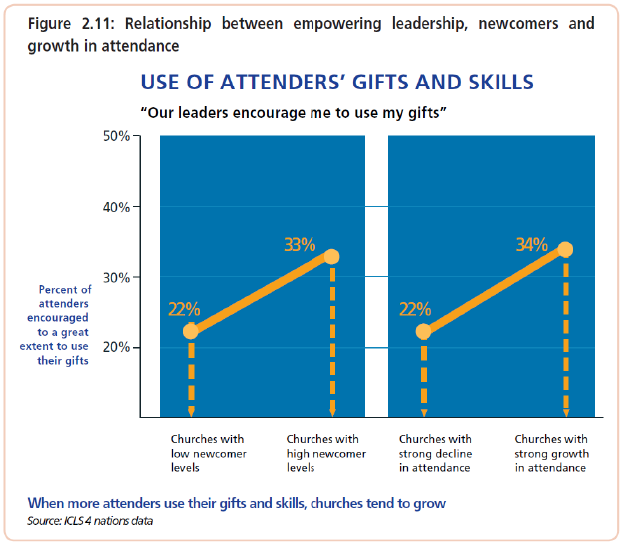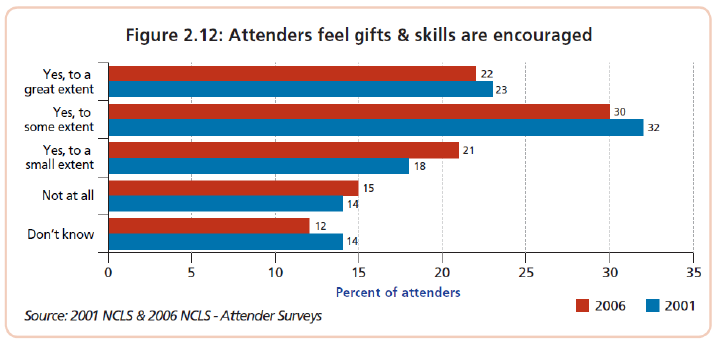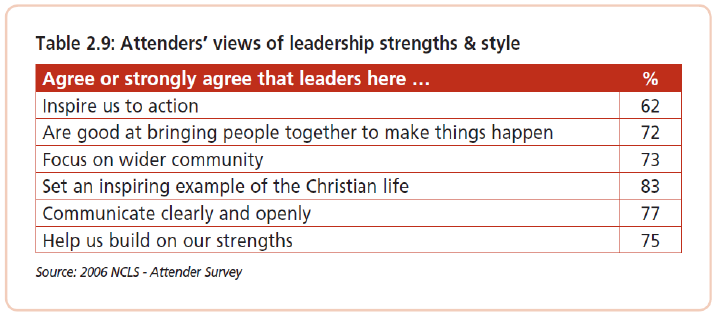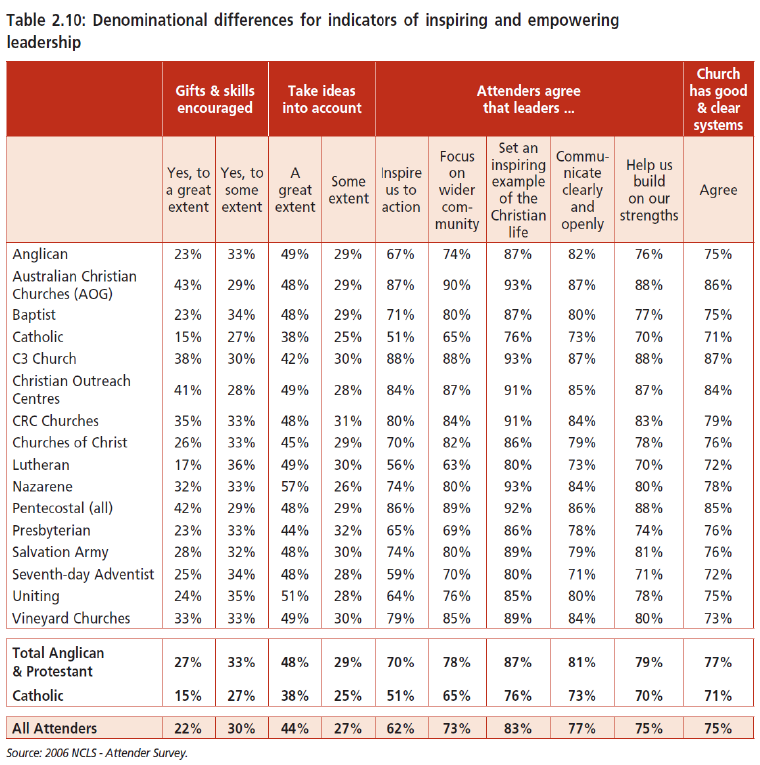Leadership is critical to church life. It is important for problem solving, for promoting visionary goals, encouraging individuals to work together and responding to new opportunities.
It is important for resolving conflicts, and for maintaining standards of behaviour and best practice in church life. It is a primary catalyst for change and for churches to move forward. In the Bible, the Acts of the Apostles shows that these aspects of leadership were also found among leaders in the early church.
Inspiring Leadership: Many people have been inspired by others who have changed the course of events, have lived godly lives and have been willing to stand up for what is right. Such people may not have had the status of “leader” but nonetheless exercised leadership. How much more, then, do church leaders have the opportunity to provide inspiration for attenders, not just through what they say but also through what they do.
Our research had previously contrasted three leadership styles: strongly directive leadership, leadership that inspires people to action and leadership that allows other people to start most things. Of the three approaches, leadership that inspires people to take action is most associated with other aspects of church vitality (Kaldor et al., 2002, 82). Across all four countries that we studied, it is also clear that inspirational leadership is the one that is most associated with growth in attendance.
Church attenders reveal through the survey the extent to which their leaders inspire them to action. The Church Life Profile is a very useful mirror for leaders at this point, because it gives an insight into the thoughts of those they lead. Do they see the leadership as inspiring them to action?
Empowering Leadership
Our research has highlighted that leaders need to not only inspire others but also equip them and involve them in the tasks of the church. Even where there are leaders who have a strong sense of vision and are highly motivated, a vision cannot be achieved by the leadership alone; what is required is a team of people willing to work towards a common goal.
The extent to which leaders are serious about empowering attenders can be seen in the way that attenders have responded to questions in the National Church Life Survey, for example, whether they use their gifts and skills for the good of the church. The question reflects the biblical idea of the church as a body made up of different parts, each with different functions (1 Corinthians 12). The Church Life Profile can indicate how well this is actually happening in each church, from the viewpoint of church attenders.
A lack of willingness to allow and trust lay participation can also be indicative of communication problems within a congregation or parish. While church leaders may provide church attenders with plenty of information, true communication will involve deeper interaction, emotional engagement and participatory decision-making (Lucas, 2004, 416).

Is Empowering Leadership Related to Growth in Attendance?
Discerning the gifts and skills of attenders and matching people with tasks is difficult to do well. Often the immediate need to get a role filled can drive selection. Yet our research across the four countries suggests this is an issue worth engaging. Across all four countries, leadership that encourages attenders to use their gifts and skills is also most associated with growth in attendance. Churches with high levels of newcomers are much more likely to have leadership that values people’s gifts and skills than churches with few or no newcomers.
Important elements to measure include attenders’ experience of being empowered, the inclusion of their ideas, as well as the church leaders’ example and behaviour.
Attenders’ Experience of Being Empowered
Around three quarters of attenders feel their gifts and skills are encouraged by their leaders: 22% feel this happens to a great extent. Figure 2.12 shows further details.

Another measure of empowering leadership is the extent to which attenders believe their ideas are taken into account. Some 44% say the ideas of the people are taken into account to a great extent. A further group says it happens to some extent (27%) or a small extent (4.9%). Only 1.4% say it does not happen. A fifth of attenders (21%) do not know.
Leadership Strengths and Style
Attenders were invited to respond to a series of statements about leaders at their church. Table 2.9 shows the percentage who agree or strongly agree that leaders model these characteristics.

Good and Clear Systems
Another aspect of how people can feel empowered is when they feel they can have confidence that organisational systems are in place. Three quarters of attenders either strongly agree (21%) or agree (54%) that ‘this congregation has good and clear systems for how it works’. Only 4% disagree and 22% are neutral or unsure.

The presence of a culture of encouraging attender gifts and skills does vary across denominations. A more collaborative leadership style is evident in Nazarene churches as well as Uniting churches, with high proportions reporting that their leaders take their ideas into account. The modelling action of leaders is widely evaluated in a positive light across denominations.



